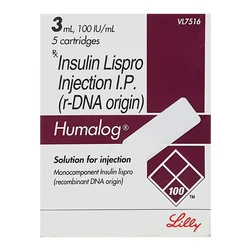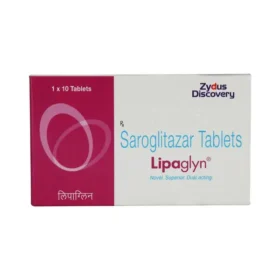- Your cart is empty
- Continue Shopping
Product
Ozempic (Semaglutide)
Price range: $950.00 through $3,300.00
Ozempic (Semaglutide) is an effective prescription medicine for adults with type 2 diabetes. It lowers blood sugar levels, helps with weight management, and reduces the risk of serious heart problems. Administered once weekly, it provides convenience and proven results. Common side effects include nausea, diarrhea, and appetite loss, but these usually improve over time. Always follow your doctor’s advice and review safety precautions before use. For trusted medical insights, explore resources like Mayo Clinic, FDA, and Healthline.
Ozempic (Semaglutide) is a prescription medication that helps adults with type 2 diabetes improve blood sugar control. It belongs to the GLP-1 receptor agonist class and also supports weight management. In addition, it lowers the risk of major cardiovascular events in people with diabetes and heart disease. You can read more about diabetes treatments at Mayo Clinic and Drugs.com.
Key Benefits & Uses
-
Effectively lowers blood sugar levels.
-
Additionally, it aids in long-term weight management.
-
It also reduces cardiovascular risks in type 2 diabetes patients.
-
Since it requires only a weekly injection, it offers greater convenience.
For more medical insights, visit FDA and WebMD.
How to Use
You should administer Ozempic once weekly through a subcutaneous injection. It works with or without food, and your doctor will guide you on the right dosage. For research-backed guidance, explore PubMed.
Important Safety
-
Do not use it if you or your family have a history of medullary thyroid carcinoma.
-
Moreover, always inform your doctor about pancreatitis, kidney issues, or eye conditions.
-
Keep it out of children’s reach at all times.
For global safety standards, see WHO and Healthline.
Common Side Effects
-
Nausea, vomiting, and diarrhea
-
Stomach pain
-
Reduced appetite
Most effects improve as your body adjusts. However, if they persist, you should consult your doctor.
Why Choose Ozempic?
Ozempic (Semaglutide) stands out because it provides more than just blood sugar control. It supports weight loss, offers cardiovascular protection, and fits easily into a weekly routine. Since it is backed by clinical research and trusted by global healthcare professionals, it remains one of the most effective treatments for type 2 diabetes.
Additional Information
| Strength | 0.25 mg, 0.5 mg, 1 mg |
|---|---|
| Size | 1 Pen, 2 Pen, 3 Pen |












